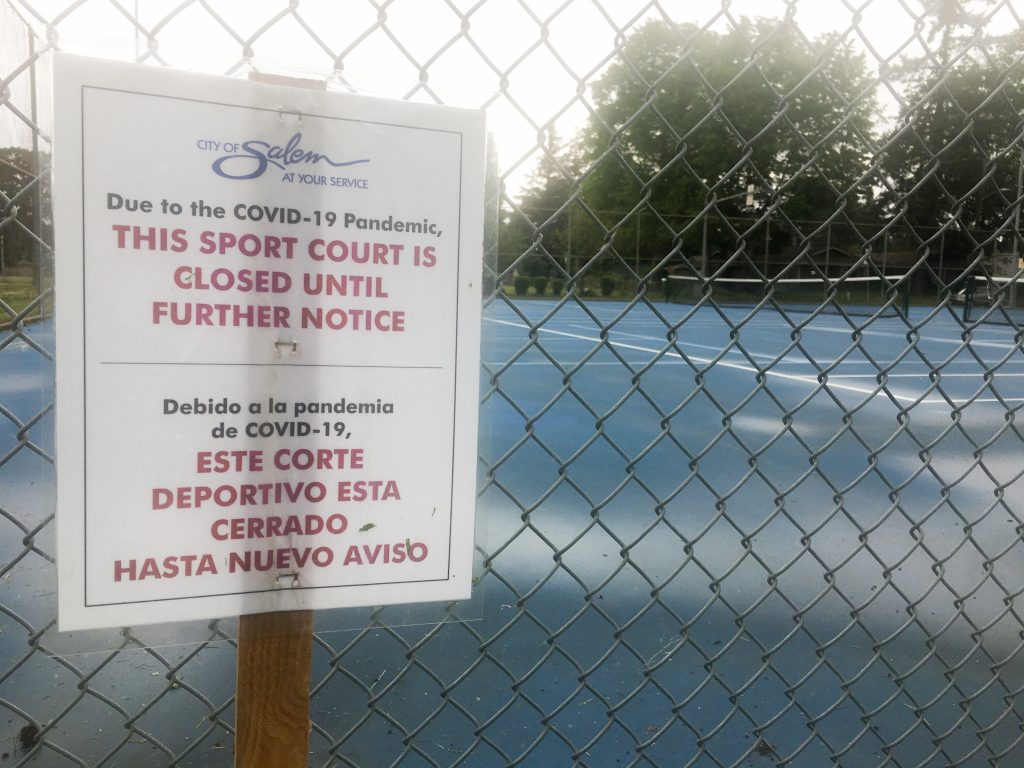
Sage Kiernan-Sherrow | News Editor
Driving down the highway, the signs portray a clear message: “Stay at home. Save lives.” But some Oregonians feel that the stay-at-home measures are damaging, or worse — unconstitutional. Though Oregon saw 60 new cases of COVID-19 over Mother’s Day weekend, reports show that the virus has been slowing down. With Marion County second only to Multnomah in terms of COVID-19 cases, Oregon had 3,228 cases with 127 deaths in total as of Sunday, May 10, according to the New York Times. But, applications for unemployment are steadily creeping past 380,000 in total — one week in April saw the numbers top 93,000, according to Oregon Public Broadcasting — and Oregonians are understandably concerned about their livelihoods. On May 2, Salem saw over 1,000 citizens attend a rally at the capitol with the goal of having their message heard: they want Oregon to reopen.
In response, Governor Kate Brown has developed a framework for Oregon’s reopening, but it will be a gradual process with multiple phases. Phase One calls for continued social distancing and the minimizations of non-essential travel; Phase Two would allow for larger gatherings, non-essential travel to resume, and for schools and gyms to reopen; Phase Three allows for individuals to begin visiting nursing homes again, for restaurants to increase their capacity, and for workplaces to allow staff to return.
Already, some parks and recreation areas have reopened, but their access is contingent upon individuals continuing social-distancing measures. And, although Oregon has barely entered Phase One and Brown has not released a specific timeline, Brown has reportedly stated that some rural communities could reopen by mid-May. In the meantime, Brown calls for citizens to continue practicing social distancing as well as increased testing for the virus.
Contact the author at howlnews@wou.edu
Photo by Sage Kiernan Sherrrow

